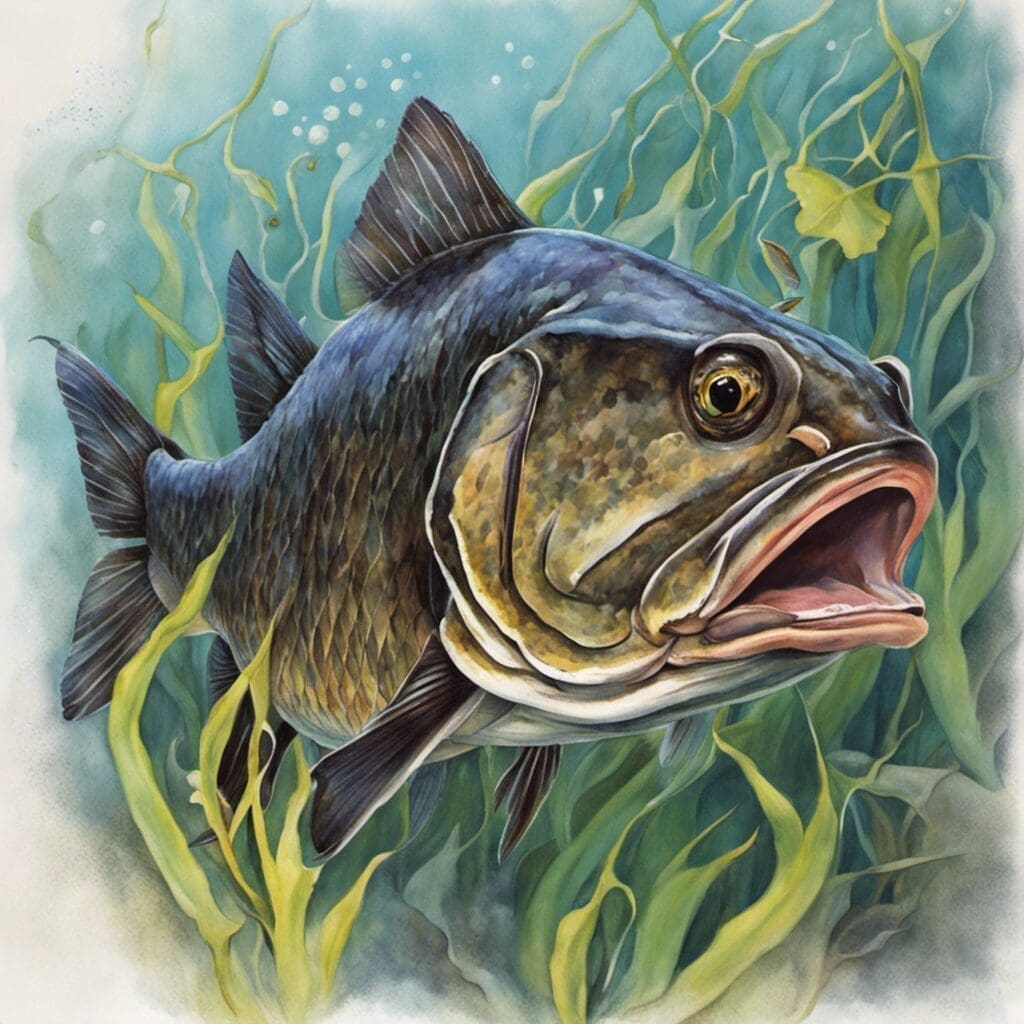Introduction
The Cottonmouth Jack, also known as the Caranx vinctus, is a species in the Carangidae (Jack) family. This fish species is easily identifiable by its unique cottonmouth appearance.
Conservation Status
Currently, the Cottonmouth Jack is classified as “Least Concern” in terms of conservation status. As such, there are no major conservation efforts specifically aimed at this species.
Statistics
| Statistic | Average | Range |
|---|---|---|
| Length | 30 cm | 15-40 cm |
| Weight | 1-2 kg | 0.5-5 kg |
| Average Lifespan | 5 Years | 3-7 Years |
Distribution
The Cottonmouth Jack can be found in various regions across the world, predominantly in the Western Atlantic Ocean. Notable countries include the United States, Cuba, The Bahamas, and Brazil.
Habitats
This species resides in marine, and often brackish waters. The depth range for the Cottonmouth Jack is usually between 1 to 30 meters. The water temperature that these fish prefer ranges from 20 to 28 degrees Celsius.
When and Where to See
Cottonmouth Jacks are most frequently spotted during the late spring and early summer months. They are typically most active during the daytime.
Best Fishing Locations
- The Gulf of Mexico, USA
- Coastal regions of Cuba
- Northern parts of the Amazon River, Brazil
- The Florida Keys, USA
- The Bahamas
These Jacks usually hide in deep, underwater reefs and ledges when not hunting.
How to Catch
Anglers have the most success when using squid or shrimp as bait. Cottonmouth Jacks can also be caught using trolling, bottom fishing, and even fly fishing techniques. The best time to fish for these Jacks is during the early hours of the day or late afternoon.
Identification Guide
Cottonmouth Jacks are dark in color, with raw sienna undertones. These fish have elongated bodies, forked tails and large eyes. Their distinguishing feature is a white, cotton-like appearance inside their mouths.
Culinary
Cottonmouth Jacks are considered table fish and their meat is delicate with a mild flavor. The fish can be pan-fried, grilled, or baked. A popular dish is Cottonmouth Jack ceviche, a raw fish salad cured in citrus juices.
Additional Information
This species is a predatory fish, known for hunting smaller fish and invertebrates. Most predators of the Cottonmouth Jack are larger, predatory fish. There are no significant human-induced threats.
References and Further Reading
Please note that Cottonmouth Jack, being a relatively less-studied fish species, may require more in-depth research for specific detailed information.

